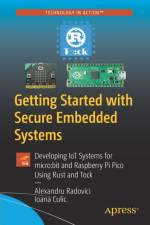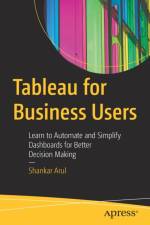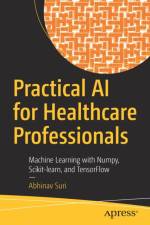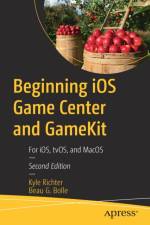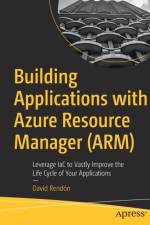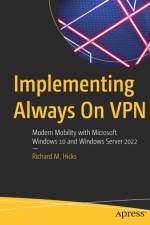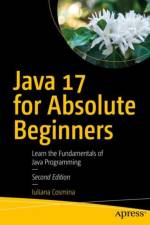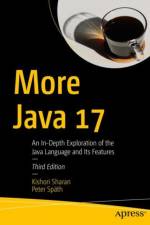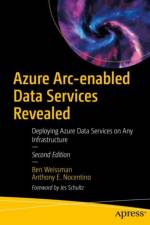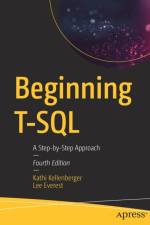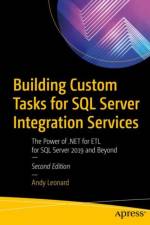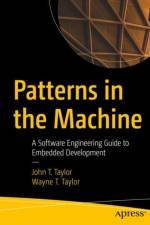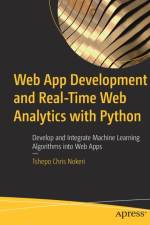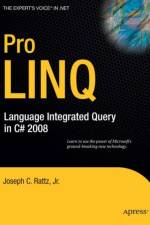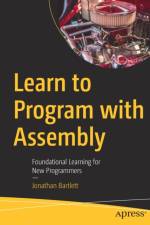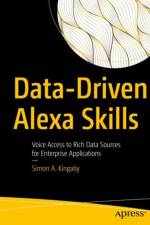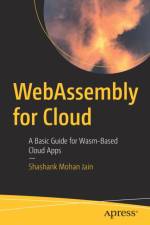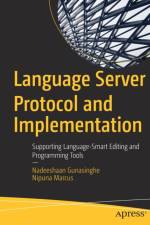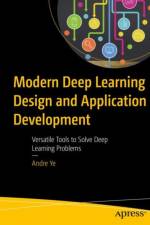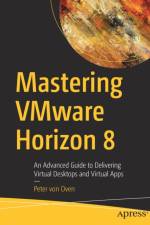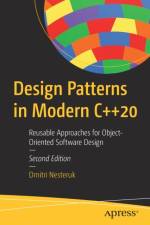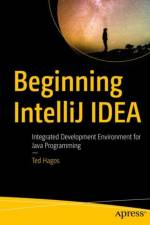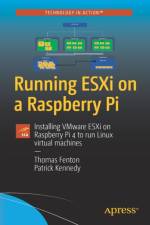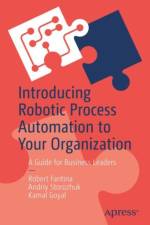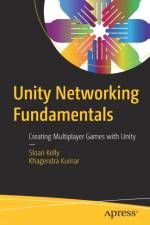av Gunikhan Sonowal
577
Mitigate the dangers posed by phishing activities, a common cybercrime carried out through email attacks. This book details tools and techniques to protect against phishing in various communication channels.The aim of phishing is to fraudulently obtain sensitive credentials such as passwords, usernames, or social security numbers by impersonating a trustworthy entity in a digital communication. Phishing attacks have increased exponentially in recent years, and target all categories of web users, leading to huge financial losses to consumers and businesses. According to Verizon's 2020 Data Breach Investigations Report (DBIR), 22% of all breaches in 2019 involved phishing. And 65% of organizations in the USA experience a successful phishing attack.This book discusses the various forms of phishing attacks, the communications most often used to carry out attacks, the devices used in the attacks, and the methods used to protect individuals and organizations from phishing attacks.What You Will LearnUnderstand various forms of phishing attacks, including deceptive, DNS-based, search engine, and contents injection phishingKnow which communications are most commonly used, including email, SMS, voice, blog, wifi, and moreBe familiar with phishing kits (what they are) and how security experts utilize them to improve user awarenessBe aware of the techniques that attackers most commonly use to request informationMaster the best solutions (including educational, legal, technical) to protect against phishing attacksWho This Book Is ForSecurity professionals who need to educate online users, especially those who deal with banks, online stores, payment systems, governments organizations, social networks and blogs, IT companies, telecommunications companies, and others. The secondary audience includes researchers working to develop novel strategies to fight against phishing activities and undergraduate and graduate instructors of cybersecurity.

